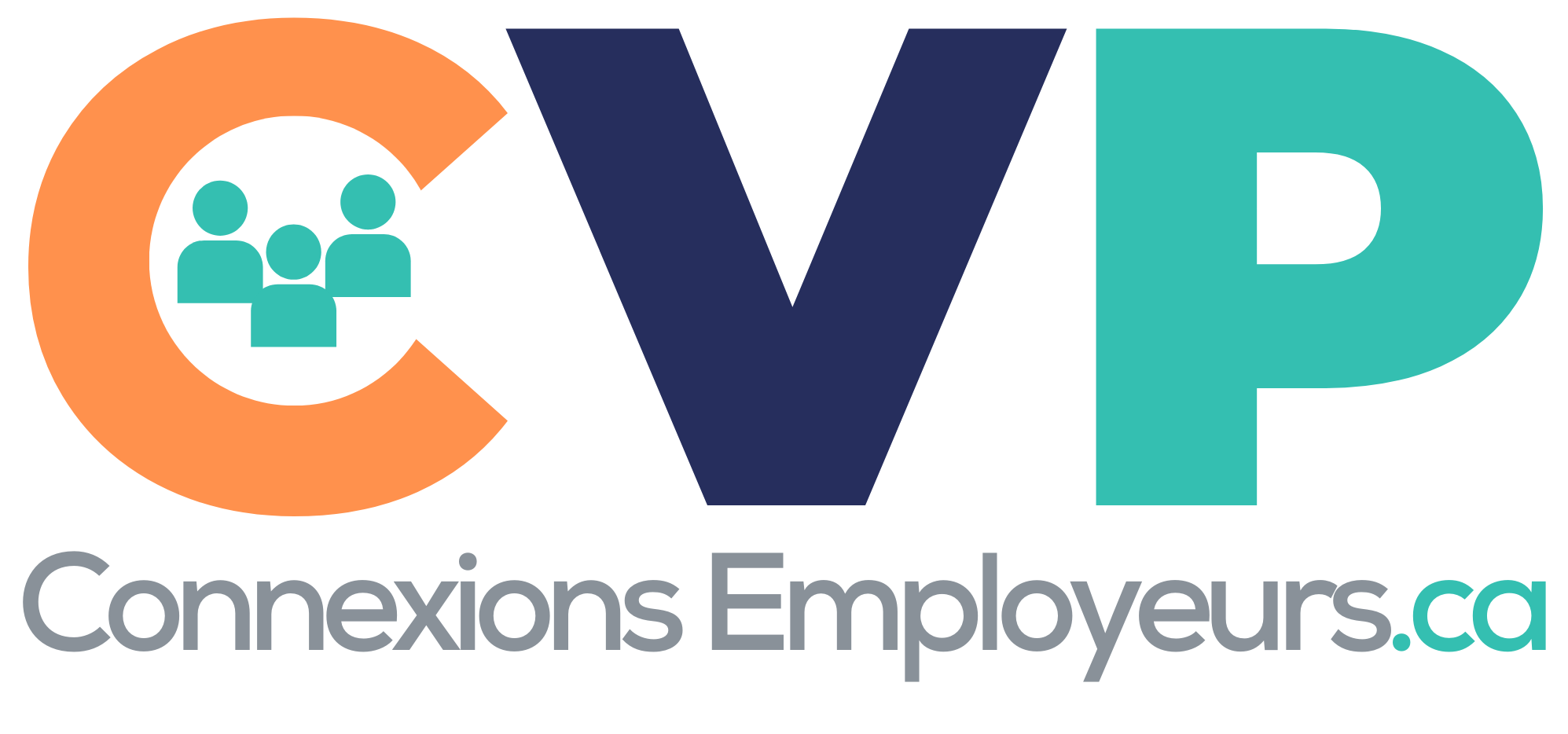38 Ways to Make Real Progress on Diversity, Equity, and Inclusion

If you’re struggling to make progress on your DEI initiatives, you’re not alone.
Following the 2020 murder of George Floyd, companies around the world pledged to focus more on diversity, equity, and inclusion. Many set diversity targets and rushed to hire chief diversity officers to implement DEI programs.
But despite these efforts, there’s a lot more work to be done. Women account for less than a third of leadership roles in most countries, according to LinkedIn data. Black employees in the U.S. make up 14% of the workforce, but account for only 4% to 5% of senior level positions, while Hispanic individuals represent 19% of the U.S. population but only 4% of senior executive positions. In Asia, many companies are falling short in fostering an LGBTQ+-friendly environment, an AXA Asia survey found. And it is estimated that in Europe it will take another 60 years to close the gender gap (a measure across multiple dimensions, including economic opportunity, educational attainment, and political empowerment).
What actions can employers take to achieve their DEI goals? We gathered practical tips from DEI experts that can help you diversify your workforce, foster an inclusive culture, and retain diverse talent.
You can also explore how new features in LinkedIn Recruiter can help recruiters and hiring managers effect change and improve their diversity efforts.
Take steps to improve your diversity hiring strategy
1. Hold leaders accountable for advancing diversity
While stating that you want to hire more Black employees or promote more women might be well-intentioned, you won’t make much progress without enlisting the support of senior executives. A growing number of companies, including Salesforce, Nike, Starbucks, and McDonald’s, are doing just that by tying executive compensation to meeting diversity targets. Nearly all of Europe’s major banks incorporate diversity and inclusion metrics into executive pay decisions, according to S&P Global Market Intelligence.
Sodexo has developed diversity scorecards for its managers in North America. These scorecards measure both quantitative metrics like recruiting and retention, as well as qualitative metrics like how often managers participate in activities such as mentoring. The results are reviewed monthly and are used to help determine bonuses.
By linking pay to meeting diversity goals, organizations not only incentivize leaders to focus on DEI, but they also signal the importance of DEI to the entire organization.
2. Take the time necessary to source a diverse group of candidates
Recruiters are often under pressure to fill roles quickly. But sourcing candidates from underrepresented groups can take time. “If you’re looking to go fast, your candidate pool is not likely to be as diverse,” says Fredrick Scott, senior director, global emerging talent and inclusion recruiting at LinkedIn.
“Expedience bias creates all kinds of issues that can be leaving people out,” says Laura Long, vice president, national equity, inclusion, and diversity at Kaiser Permanente. “It’s a fallacy to say, ‘There aren’t enough diverse candidates out there.’ Yes, there are. You just need to look in the right places.”
According to John Vlastelica, CEO and founder of Recruiting Toolbox, to address this it’s important for leadership teams to have conversations around how teams are resourced, how they may be reinforcing speed over quality or diversity, and the importance of communicating a commitment to diversity in a way that makes it OK for reqs to experience a little longer time to fill.
3. Focus on skills, not schools
If you’re evaluating job seekers based on the degrees they have and the schools they attended, there’s a good chance you’re missing out on desirable candidates from underrepresented groups.
IBM, Merck, LinkedIn, and other employers are taking a skills-first hiring approach that drops degree requirements for some positions. Last year, LinkedIn saw a 21% increase in job postings that advertise skills and responsibilities instead of qualifications and requirements in the U.S. In addition, the number of positions that don’t require a degree increased by nearly 40% in 2020 compared to 2019, LinkedIn CEO Ryan Roslansky noted in an article published in the Harvard Business Review.
Companies are realizing that skills-based hiring works: Hirers leveraging skills data to find the right match are 60% more likely to find a successful hire than those not relying on skills.
Pour lire la suite de l’article, cliquez ici.
Source: 

Réponses